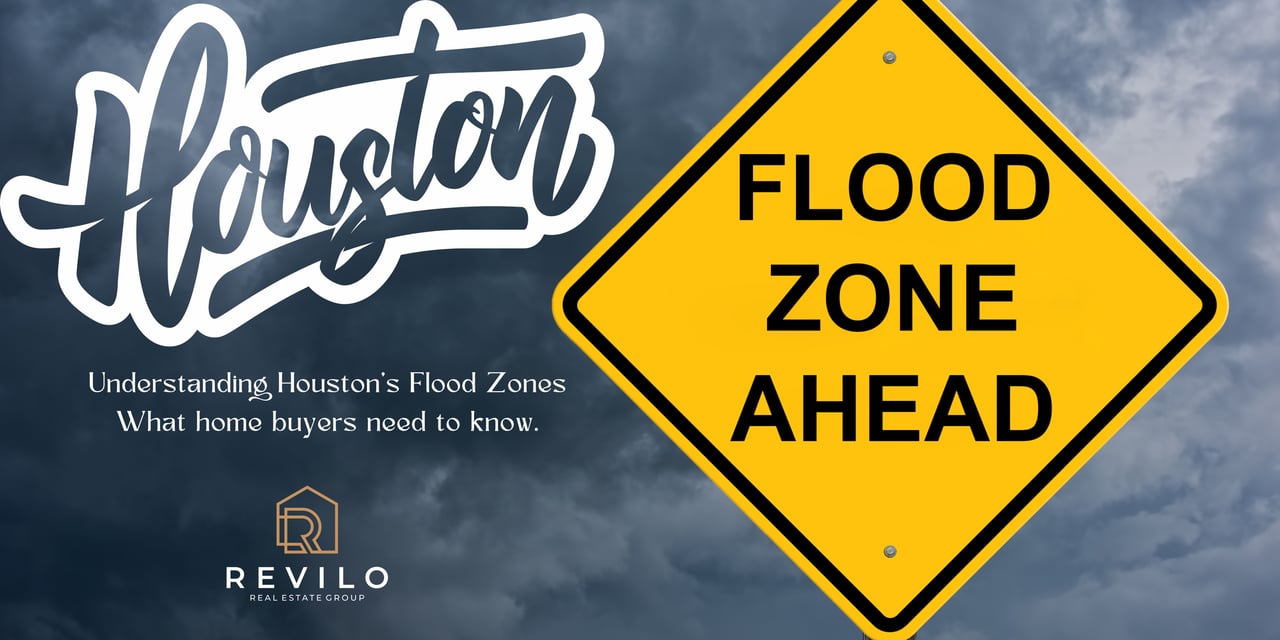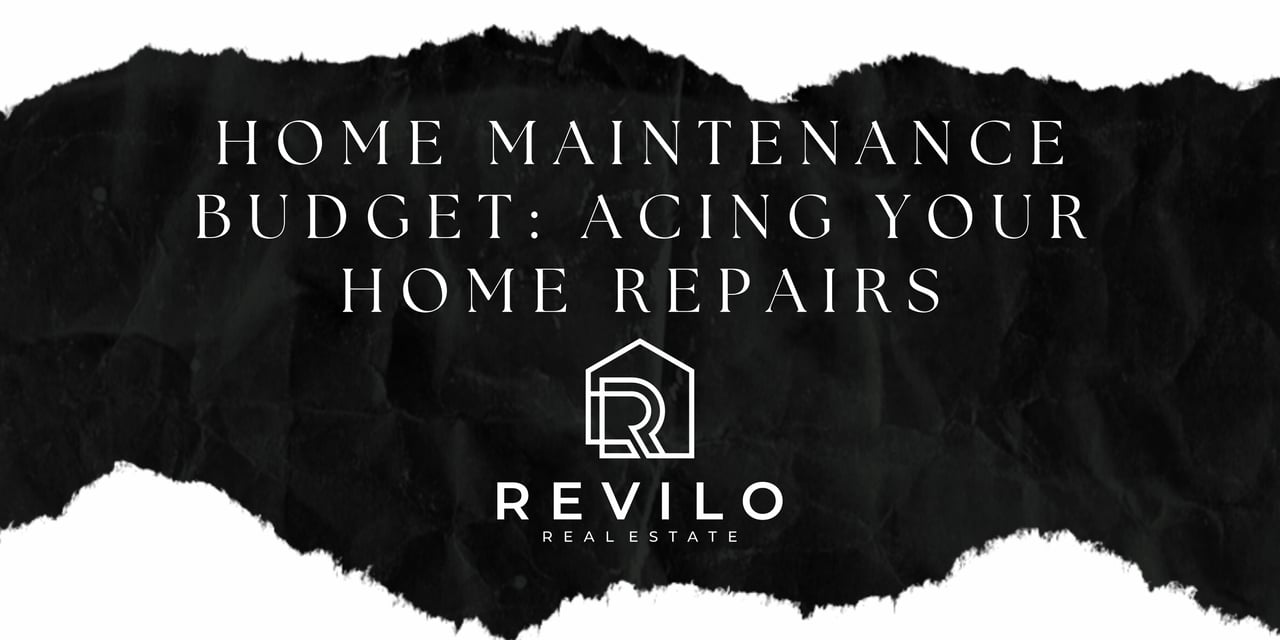Closing Disclosure Statement in Real Estate: Explanation & Importance
real estate

real estate

The process of buying a home is complex and involves numerous steps, each crucial in ensuring a smooth transaction. One of the critical components in this process is the Closing Disclosure (CD) statement. Understanding the Closing Disclosure statement is essential for both buyers and sellers, as it lays out the final terms and costs of the mortgage loan. Here, we’ll delve into what a Closing Disclosure statement is, its components, and why it is important in real estate transactions.
A Closing Disclosure statement is a five-page document provided to the borrower at least three business days before closing on a mortgage loan. This document is a requirement under the TILA-RESPA Integrated Disclosure (TRID) rule, enforced by the Consumer Financial Protection Bureau (CFPB). The CD statement details the final loan terms, projected monthly payments, and the closing costs associated with the purchase of a home. It is designed to ensure transparency and to give borrowers a clear understanding of their financial obligations before they finalize their mortgage.
The Closing Disclosure statement is a vital document in the real estate transaction process, providing clarity and transparency for homebuyers. Its detailed breakdown of loan terms, costs, and other essential information ensures that borrowers are well-informed and protected. By understanding the components and importance of the Closing Disclosure statement, buyers can navigate the closing process with confidence, ensuring a smooth and successful home purchase.
For further insights and updates, connect with us here at Revilo Real Estate and follow me on Instagram, Facebook and LinkedIn.





real estate

real estate

homes
Local Houston Realtor

homes

homes
We pride ourselves in providing personalized solutions that bring our clients closer to their dream properties and enhance their long-term wealth.